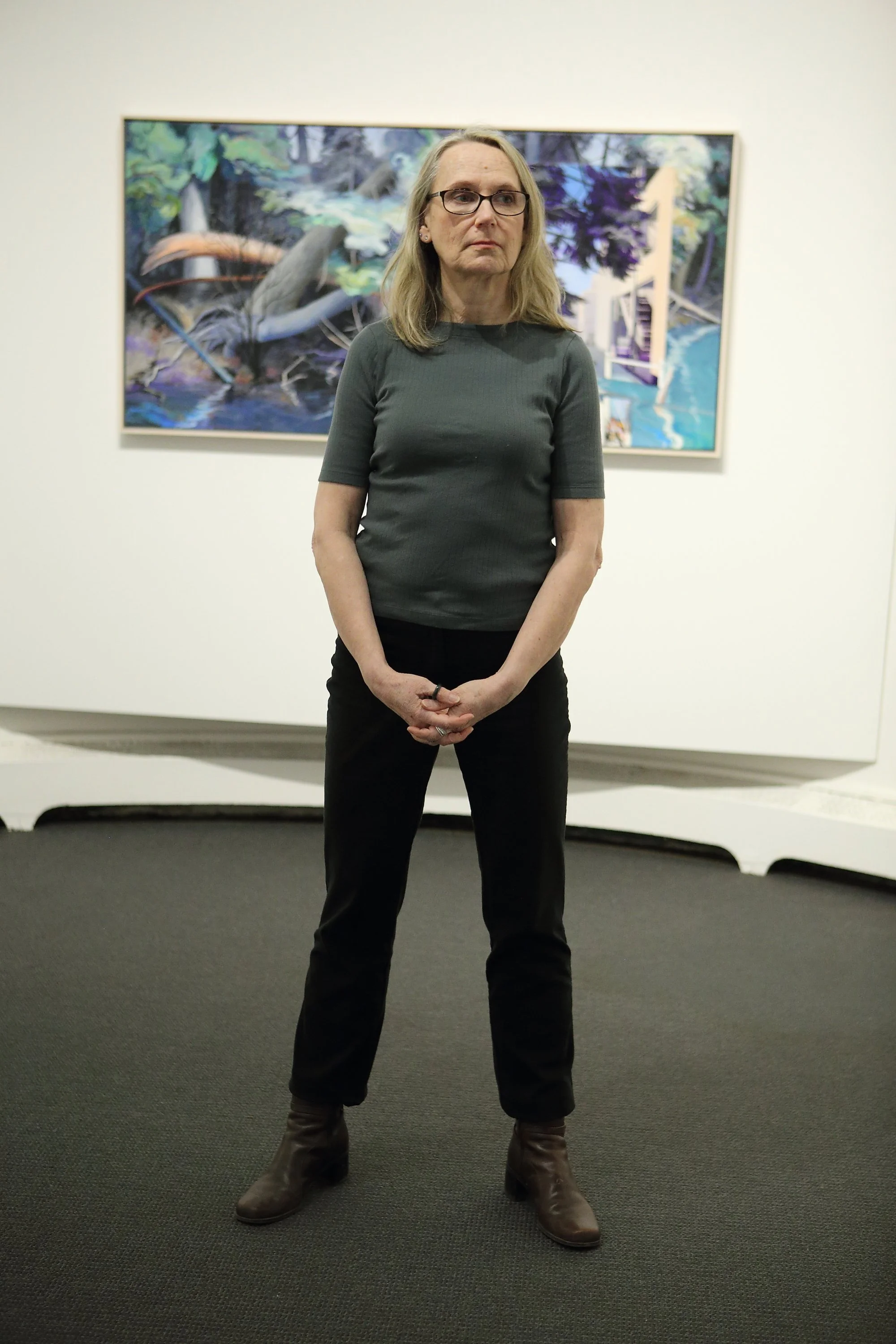Profile
CURRENTLY Chief UX Strategist at Boston UX, Waltham, MA & Adjunct Professor, Brandeis University
PROFESSION Human Factors Designer, UI/UX Designer, User Researcher, author, artist
SPECIALTY Embedded devices, Internet of Things, and robotics; broad practical experience mixed with extensive theoretical knowledge
PRIOR PROFESSIONAL POSITIONS MOMA, MIT, Merrill Lynch, Viacom, MTV, Harvard University, Citibank
PRIOR TEACHING EXPERIENCE Adjunct Professor, Computer Graphics Department, Pratt Institute; Associate Professor, Interactive Telecommunications Department, N.Y.U., Associate Professor, New England Institute of Art, Boston MA
EDUCATION Ph.D. & SM, Media Lab, School of Architecture, M.I.T.; BFA, Sculpture, Rhode Island School of Design
RECENT READS Superintelligence by Nick Bostrom; Staying with the Trouble by Donna J. Haraway; Rituals of Imagination by Tom Moore
Statement
Human-computer Interface (HCI) Design is a strange discipline. One might suppose that it would just end up being an add-on to industrial design where machine interface design has been in practice for a number of years. But digital technology blows machine interface design into virtual, imaginary, and pure information realms. The range of possible HCI problems is broad and skills from engineering, cognitive psychology, graphic design, and well as industrial design are needed in varying combinations.
This spectrum of skills ranging from engineering to aesthetics generates a practice of extremes. It stretches from those that demand adherence to the most rigorous analysis and rigid system-based rules to those that seek to craft transcendent interactive experiences. One end of the spectrum routinely scoffs at the other. “Bean-counters!” “Flakes!”
Oddly enough, after I have created this neat scale of scientist to artist, I do not seem to fit on the scale; I am an aesthetician rather than engineer, but very grounded in science. I find myself in a third place: usability. Science and aesthetics both inform usability equally, and seamlessly; where usability becomes transparent and transcendent.
What we know about usability today is just the tip of the iceberg. So much research and advancement is happening in the realm of technology. So much research and advancement is also happening in fields related to humans, such as physiology, psychology, neuro-anatomy, biology, and medicine. The marriage of the knowledge from these two realms is the fertile ground that will nourish the study of usability.
Although interfaces will continue to become easier to use, that doesn’t mean that they are getting simpler to design (although that may occur is some cases). On the contrary, the amount of variety and complexity of new technology requires a much deeper understanding of how humans interact with the world.
